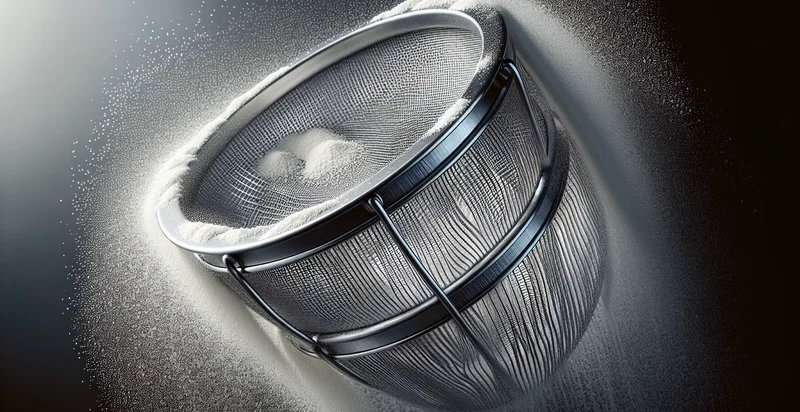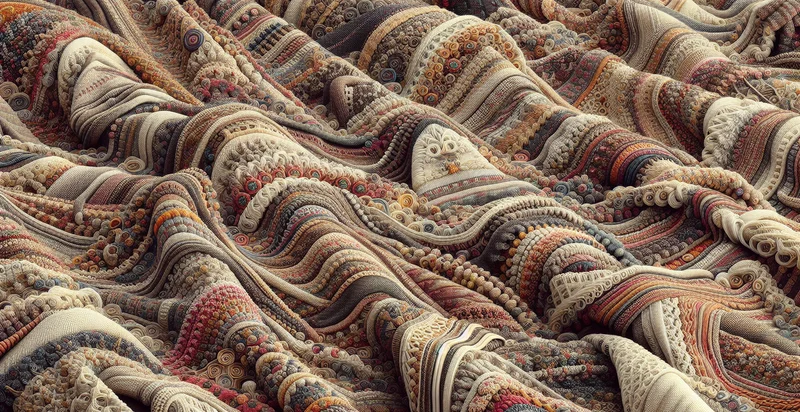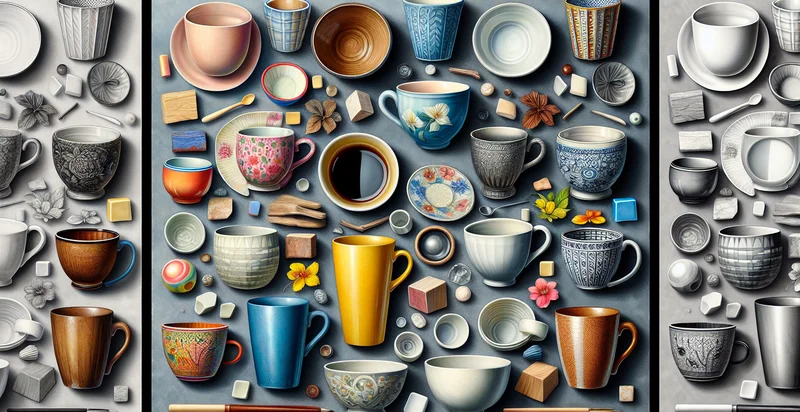Identify what material a sieve is made from
using AI
Below is a free classifier to identify what material a sieve is made from. Just upload your image, and our AI will predict what material a sieve is made from - in just seconds.

Contact us for API access
Or, use Nyckel to build highly-accurate custom classifiers in just minutes. No PhD required.
Get started
import nyckel
credentials = nyckel.Credentials("YOUR_CLIENT_ID", "YOUR_CLIENT_SECRET")
nyckel.invoke("what-material-a-sieve-is-made-from", "your_image_url", credentials)
fetch('https://www.nyckel.com/v1/functions/what-material-a-sieve-is-made-from/invoke', {
method: 'POST',
headers: {
'Authorization': 'Bearer ' + 'YOUR_BEARER_TOKEN',
'Content-Type': 'application/json',
},
body: JSON.stringify(
{"data": "your_image_url"}
)
})
.then(response => response.json())
.then(data => console.log(data));
curl -X POST \
-H "Content-Type: application/json" \
-H "Authorization: Bearer YOUR_BEARER_TOKEN" \
-d '{"data": "your_image_url"}' \
https://www.nyckel.com/v1/functions/what-material-a-sieve-is-made-from/invoke
How this classifier works
To start, upload your image. Our AI tool will then predict what material a sieve is made from.
This pretrained image model uses a Nyckel-created dataset and has 17 labels, including Aluminum, Bamboo, Ceramic, Chrome Plated Steel, Copper, Fiber Glass, Glass, Metal, Nylon and Plastic.
We'll also show a confidence score (the higher the number, the more confident the AI model is around what material a sieve is made from).
Whether you're just curious or building what material a sieve is made from detection into your application, we hope our classifier proves helpful.
Related Classifiers
Need to identify what material a sieve is made from at scale?
Get API or Zapier access to this classifier for free. It's perfect for:
- Material Verification in Manufacturing: This use case involves the identification of sieve materials during the production process. By confirming the material composition, manufacturers can ensure quality control and compliance with industry standards, reducing the risk of product failures.
- Quality Assurance in Food Processing: In the food industry, knowing the material of sieves is crucial for ensuring that they meet hygiene and safety regulations. This function helps quality assurance teams quickly identify and verify materials, mitigating contamination risks during processing.
- E-commerce Product Listings: E-commerce platforms can utilize this classification function to enhance product descriptions for sieve listings. By accurately identifying the sieve material, sellers can provide potential buyers with essential information, improving customer trust and satisfaction.
- Environmental Compliance in Construction: Construction companies can ensure that sieves used in various applications meet environmental regulations related to materials. This functionality allows them to classify materials and maintain compliance, preventing legal issues and enhancing sustainability efforts.
- R&D in Material Science: Research and development teams can leverage this function to explore the properties and applications of different sieve materials. By classifying sieve materials, researchers can better understand their characteristics and how they can be optimized for specific applications.
- Inventory Management Optimization: Companies can improve their inventory management systems by accurately classifying sieve materials. This allows for precise tracking of materials used in production and reduces the likelihood of misplacing or misidentifying inventory, leading to more efficient operations.
- Educational Tool in Vocational Training: Vocational training programs in fields like engineering and construction can use this function as an educational tool. By providing students with insights into the materials used in sieve production, it enhances their understanding of material properties and their implications for various applications.


